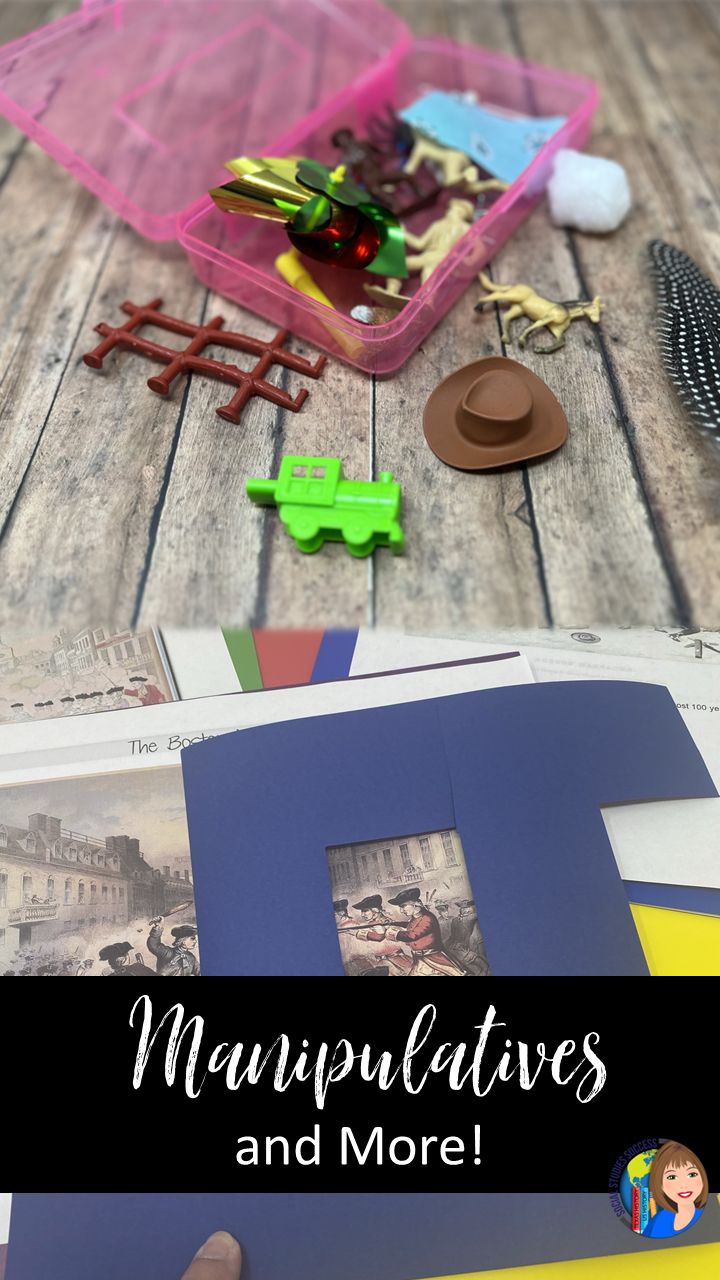I am so glad to have Pamela Zupo from ZoopDog Creations sharing her wisdom about teaching middle school students.
“What do you do for work?” the stranger asks.
We’re at a charitable dinner and he’s making polite chit-chat. So I answer back with a warm smile and a gleam in my eye for the job that I love. “I’m a social studies middle school teacher,” I say, as the stranger slams back what is left of his third Scotch and water.
“You teach social studies to middle school kids . . . everyday?” His eyes grow wide like he can’t believe what he’s hearing.
I have to admit, the “everyday” part of his sentence does kind of throw me. “Um, yes. I teach every day,” I say.
He shakes his head and does a weird puckering thing with his lips as if to indicate my answer was nothing short of crazy-talk. I give a smile as I turn my attention back to buttering my dinner roll. I’m getting the sneaking suspicion my dinner companion, whose nametag reads “Bob,” has little first-hand knowledge of being in a classroom.
“So, social studies. That’s like history, right?” he asks.
I smile at his comment, happy that he is interested. “Yeah, U.S. history,” I say.
“How do you do it?” he asks.
“Teach?” I clarify.
“No,” he laughs and I see part of his spinach salad in his teeth. “Hell, anyone can do that, right?” He continues chuckling as my smile suddenly fades from my face.
“It’s much harder than you think,” I say with a murderous gleam in my eye as I picture him standing before my third period class.
Yep.
No doubt about it.
My students would EAT HIM ALIVE. Total Piranha-fest.
He continues, “It doesn’t seem like a hard profession,” he says looking right in the eye. “Actually, I take that back. I guess it would be a challenge to keep all those kids interested in history. When I was in school history class was just memorizing a bunch of dates and names. Pretty boring stuff.”
I had to admit, Bob wasn’t telling me something I hadn’t heard before. Most adults I’ve come across have no problem sharing how boring their history class was when they were in school. It always makes my heart sink. Even students entering my class for the first time will keep their hand solidly on their desk when I ask the question, “How many of you love history?” More sinking of my heart.
“The way I teach isn’t boring,” I say. “I have a few tricks up my sleeve to make history fun.”
He nods as if to pacify me, but his eyes give him away. He doesn’t believe me and is clearly finished with our conversation as he turns to flag down the waiter for another Scotch. It’s a bit offensive that he isn’t curious to know how I keep my middle school students engaged. How can he not be interested in hearing how I make history fun and exciting and enjoyable? Still, as I cut into my steak with more force than necessary, I’m relieved the conversation is over.
Damn. I can’t drop it.
As the brief discussion replays over in my mind I feel my adrenaline pumping through my body. My mind is racing as I think of how I would tell this pompous ass all the different ways he could shove it where the sun doesn’t shine. Instead, I take a breath and remind myself that the only way to fight ignorance is with education. My mind suddenly conjures up an imaginary conversation where my rude dinner companion is standing in my brightly decorated and well-organized classroom. I begin by telling Bob how much I love teaching and how I feel most comfortable in my social studies classroom surrounding by my hormonal-surging students. I explain that I’ve learned a lot about teaching social studies to adolescents – and then my mind really goes into over-drive and I dive right in – explaining to my half-drunk dinner companion who is now listening intently, the three most important things I do to keep my social studies students engaged.
First, I would say, I teach in Teach in the 21stCentury.
Yep. We’re living in the 21st century so this may seem like a no-brainer. Still, just like Bob stated, many social studies lessons are nothing more than a looooong list of dates, places and dead people assigned to students to memorize. But not mine. Why must students know the exact dates of the Battle of Gettysburg when they can pick up their iPhone and GOOGLE it? Welcome to the 21st Century! I understand that historical details can be important, but generally speaking, memorizing facts requires absolutely zero higher-level thinking. Instead, I take a historical unit like the Civil War and challenge students with an over-arching question, such as, “Was Abraham Lincoln a racist?” or “Did Reconstruction fail African Americans?” I give students opportunities to use their minds to gather evidence on their Chrome books or iPhones, to make educated guesses, and form daring conclusions. I make the lesson less about memorization and more about broad interesting historical themes.
Second, I would say, I Teach Like a Human.
Okay. This may also seem like a given since teachers are, in fact, human. And I’m certain Bob would begin his annoying laugh at this point in the conversation, so I quickly explain. I’ve been in classrooms where teachers talk and act like dictators. I’ve seen teachers, come hell or high water, plow through the day’s lesson even if it is clearly blowing up in their faces. I’ve seen teachers continue to lecture when half the class is drooling from boredom on their desks. Why? Why do teachers continue to teach like this when clearly we know it isn’t working? I’d reframe the situation this way: If you were having a drink with a friend and they looked completely disinterested in what you are saying, wouldn’t you stop, ask them what’s going on, figure out why they are so disinterested? It shouldn’t be any different in a classroom. Being a great teacher means taking social cues from your audience and being brave enough to stop the lesson if it isn’t working! Switch tactics. Catch your students off-guard. I’ve done something unexpected like suddenly making my hand into a puppet that recites the Declaration of Independence with a crazy accent. I’m not afraid to teach with a sense of humor. I always throw in some interesting visuals and a higher-level thinking activity that doesn’t involve a carbon-copied worksheet from 1989. Dive into it! History has some really crazy plot twists with interesting people that did really weird and fascinating things. It’s just begging to be taught with emotion! Seize the weird. Accentuate the fascinating. Joke. Laugh. Don’t teach like a dictator or robot! Teach like a human.
Then, thirdly, I would say, Mix It Up!
Routine is vitally important in maintaining a well-managed classroom. Students should know where to turn in their homework, what the procedure is for turning in late or absent work, when it’s an appropriate time to use the bathroom or ask a question. Students should know the rules of the classroom, what they should do when they enter the classroom each day, and how they are dismissed. While routine is a necessary component for good classroom management, it isn’t so great in the actual teaching of a lesson. Teaching a social studies lesson by lecturing every single day is BORING! I know this. Most teachers know this. Students certainly know this, and yet it still happens . . . a lot. Middle school students love to be social. I use this to my advantage and have them work in structured groups or pairs, use the Socratic Method or student-led discussions. Adolescents have short attention spans. I also use this to my advantage and give students an opportunity to move, discuss, and write down their thoughts within the allotted block of classroom time. I’m not afraid to take my lesson and add varying components that get students out of their seats for designated periods of time. Stepping out of the role of teacher and into the role of facilitator, and taking a lesson and mixing it up with different components, will keep students on their toes and is sure to bring less drool and more smiles to –
My ears suddenly perk up and I stop cutting my steak to death as I hear the name Columbus. Half of the dinner table has settled into a discussion about whether Columbus Day should be celebrated. A few guests agree he was a brave explorer while a woman at the table is adamantly against the idea. Bob, my rude dinner guest seated beside me chimes in and says, “Columbus sailed the ocean blue in 1492.” He starts laughing again and raises his palms as if to indicate he surrenders. “That’s all I got,” he adds as he leans back in his chair confidently. A few other guests find his comment amusing, or maybe they just think he’s drunk. But this is the first statement Bob has said all night that I actually agree with. My heart sinks. Yes. Unfortunately, that IS all you got from your history class.
Pamela Zupo has a bachelor’s degree in History and Education, a master’s degree in Curriculum Design and Instruction, and over twelve years’ experience as an educator. She currently resides in Connecticut with her husband and two children. She enjoys staying sane by meditating, striking a Downward Dog pose and reading trashy novels. She strives to create the next greatest history lesson the world has ever seen which she sells on her Teacherspayteachers website under the storefront name of ZoopDog Creations.








